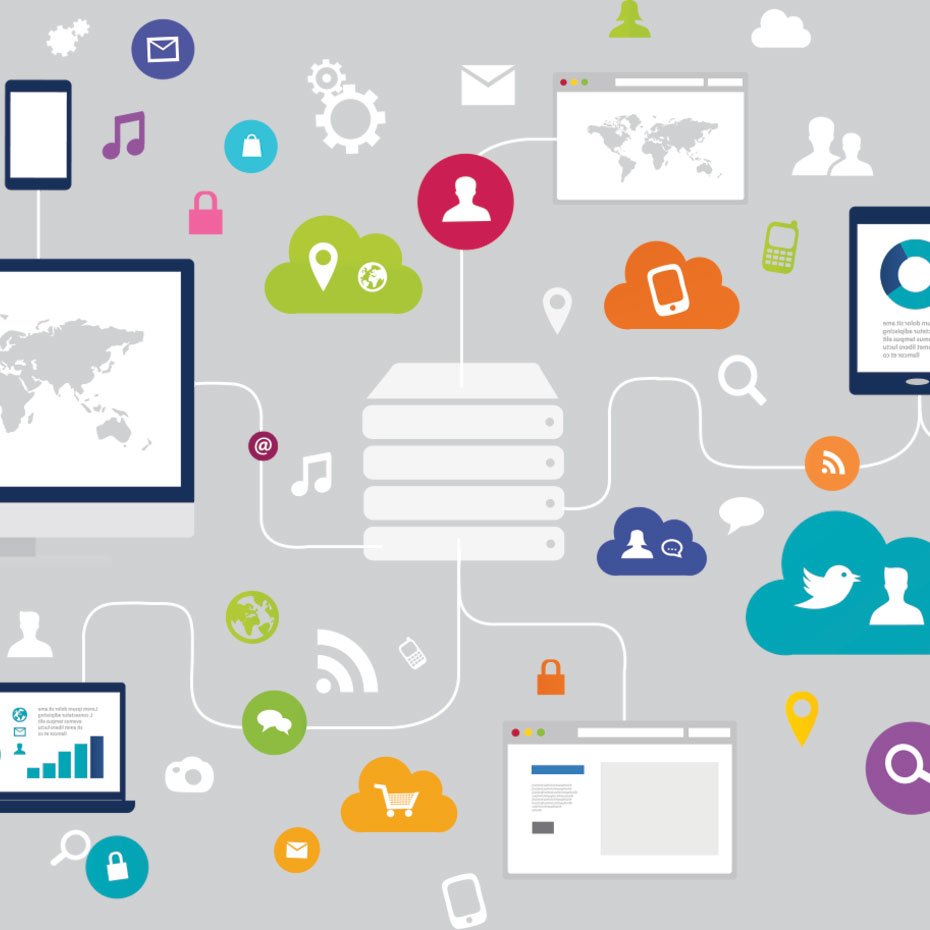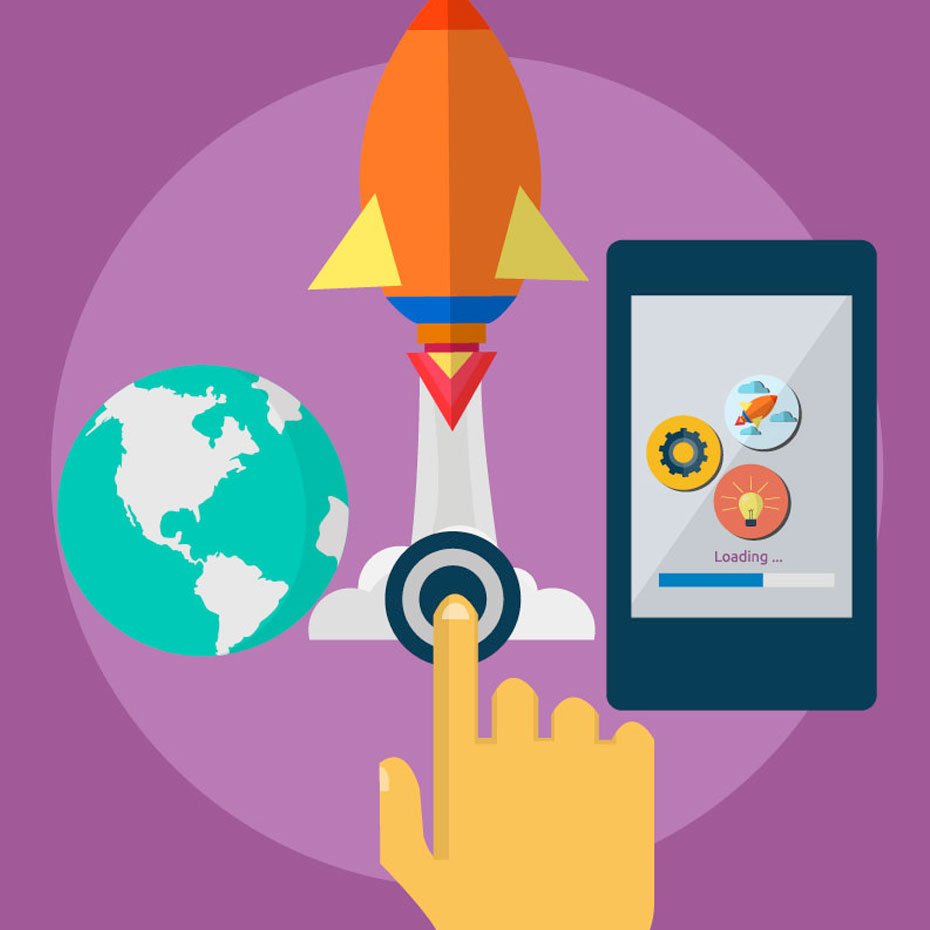In a world where every company is transforming to be digital, we see examples of organizations across public and private sectors embracing the concept of ‘tech intensity’ to maximize their impact. From our perspective, there are three aspects to the leadership principle of tech intensity: First, every leader will need to tune their organization to become a fast adopter of best-in- class technology. Second, organizations will need to build their own unique digital capabilities, which starts with workers who are deeply knowledgeable about the latest technology. And finally, leadership in the digital economy will be exponentially amplified by the level of trust that is created with customers, partners, and stakeholders.
Today’s landscape demands a different leadership approach to capitalize on opportunities at the accelerated pace required to deliver modern mission outcomes. In the U.S. federal government, leaders are adopting technology to successfully optimize existing programs and to accelerate new services that improve the lives of American citizens. Many of our government customers are leading by example in building their own tech capabilities, which enable them to be more efficient and be better positioned to deliver on their mission service to their citizens. Examples abound and you’ll hear us showcase our partnerships with the Department of Veterans Affairs, USDA Agricultural Research Service, the Department of the Interior and more in the coming weeks.
Government is Embracing Tech Intensity
Tech intensity is really an equation – Tech Intensity = (Tech Adoption X Tech Capability) ^ Trust and as a company Microsoft is focused on providing the inputs to help our customers solve it. For the government agencies harnessing the benefits tech intensity today there are three critical factors to success we’re seeing them embrace: First, they’re finding ways to increase agility and become fast adopters of best-in-class technology, and equally important, they’re building or looking to build their own unique digital capabilities. Don’t forget the human factor here which starts with workers who are deeply knowledgeable about the latest technology backed by a culture that encourages capability-building and collaboration to generate new, breakthrough concepts. To speed tech adoption, they recognize how vital it is that they are able to access the latest commercial platforms, tools and training, so that they don’t have to re-create technology that already has been commoditized. It’s really the first step to building tech intensity. Finally, to assist government leaders in building trust in technology and its deployment to meet Agency missions, Microsoft provides a variety of tools including AI Business School government curriculum (see below) and books like The Future Computed and Tools and Weapons which provide guidance around the impact and ethics of AI which we are seeing government agencies beginning to adopt.
Enabling Government’s Tech Intensity Journey
Microsoft is committed to supporting the technology needs of all branches and levels of government and we’ve worked with our government customers to achieve the most certifications of any cloud provider. We’ve built the most trusted, comprehensive cloud for government which includes Azure Government, Microsoft 365 Government, and Dynamics 365 Government. Today, we’re announcing the latest advances to these government cloud solutions, demonstrating our commitment to our customers unique needs and desire to empower their tech intensity journey.
Delivering mobility and power at the tactical edge with new Data Box capabilities
Microsoft offers a comprehensive portfolio designed to bring compute, data analysis and insight to the tactical edge. Azure Data Box and Azure Stack family of products help government agencies with remote operations access the information they need to make decisions at the edge, along with access to the full range of cloud capabilities as connectivity allows.
For example, Azure Data Box Edge, an AI-enabled edge computing appliance, processes and analyzes data right at the tactical edge and transfers data to cloud when connected. It includes an FPGA on-board to accelerate machine learning inferencing at the edge and transfers the data to Azure over network to retrain the machine learning model or perform aggregated data analytics.
Today we’re sharing that we are getting ready to deliver a new form-factor of Data Box Edge, which will be rugged, portable, and battery-operated. The new form-factor will be ruggedized to meet MIL-STD-810G and MIL-STG-461 standards. A single person can carry this appliance in the field, for example, in their backpacks, in remote and disconnected areas. In field operations, speed is of the essence and insights empower decisions. We’ve partnered with Klas Telecom to bring you this new form-factor, which will further the intelligence of the forward-deployed operating units, ground patrols, or similar mission needs at the tactical edge and empower faster decision making.
New Microsoft 365 Government capabilities for cross agency collaboration and security
In March 2019 we announced that Microsoft Teams – the hub for teamwork– is available in all U.S. Government cloud environments. To further enable cross agency collaboration, we’re excited to announce. Teams Phone Systems and Audio Conferencing are rolling out GCC High and Department of Defense (DoD) environments starting mid-October. These new capabilities along with all the current collaboration services in Teams will enable governments to be mission focused and better service citizens.
As governments embrace tech intensity there’s in increasing demand on time and resources to manage data with a secure cloud environment. Microsoft 365 Government includes built-in security capabilities to protect, detect, and respond to cyberattacks. We’ve also recently announced general availability of Microsoft Defender Advanced Threat Protection (ATP) to the GCC High environment, bringing endpoint detection, response, automated investigation and remediation to U.S. government customers in this environment.
New Business Applications capabilities to empower citizens through proactive customer service
Empowering citizens to engage is essential to modern government. With our Microsoft Business Applications portfolio, government is better able to interact with citizens, empower employees, optimize operations and transform cities at scale with our immersive solutions across Dynamics 365 and Power Platform. Earlier in 2019, we announced PowerApps and Flow for our GCC environments and Dynamics 365 Customer Engagement Government availability meeting DoD requirements for contractors holding, or processing DoD controlled unclassified information or subject to International Traffic in Arms Regulations (ITAR). By the end of this calendar year, Dynamics 365 Customer Engagement Government for DoD will be available.
Today, we are expanding the availability of PowerApps and Flow to GCC High environments. This means our government customers and DoD contractors with higher compliance demands can benefit from these tools. PowerApps and Flow, along with Power BI enables users to do three key actions on data: analyze, act, and automate. Power BI, PowerApps, and Flow work together to help anyone, regardless of technical ability, drive decisions with data.
Outdated tools, systems and practices can make interacting with the government cumbersome. To provide additional channels of engagement that make connections easier, we are announcing Chat for Dynamics 365 is generally available in GCC environments. Chat is an engagement channel that enables your agents to connect with customers in real-time.
Connecting global locations with fast, private, hybrid network connectivity
Customers with distributed operations across the United States or across the globe can benefit from the speed and efficiency of high-bandwidth connectivity, intelligent traffic routing, and the global scale of our network. With ExpressRoute Global Reach, customers gain not only a fast, private connection to the cloud, they can also use our global network as a backbone to connect their on-premises networks together. ExpressRoute can also be used to bring satellite data from ground to cloud, so it can be harnessed at the tactical edge or rapidly distributed to locations around the globe.
Meeting the full spectrum of data classification requirements
As previously announced, Azure Government Secret includes dedicated regions built to support US agencies and partners working with Secret U.S. security classification level data. We’re seeing significant demand for these new regions, and today we’re announcing Sequoia Combine for Azure Government and Azure Government Secret, delivering dev, test and deployment capabilities for classified clouds from an unclassified environment. This emulator service, currently in preview, offers an approved, trusted, and proven approach for IC and DoD air-gapped region solution development.
Accelerating the path to compliance
We’re continually working to streamline compliance, making it easier for customers and partners to accelerate their path to ATO. FedRAMP is a critical certification for many federal agencies and a growing number of state and local government agencies. Today we’re announcing the built-in Blueprint for FedRAMP to help customers with compliance requirements based on FedRAMP proactively manage and monitor the compliance of their Azure environments. This new offering joins a series of recent releases including the NIST SP 800-53 R4 blueprint, all focused on helping you meet your compliance requirements more easily and efficiently.
Responsible AI in Government Business School Module
We launched AI Business School because we know AI will be used more and more to help organizations to innovate and solve problems, and we wanted to help leaders be ready to do so in the right way. We recognize that every organization faces its own challenges, and we wanted to provide concrete examples for each of them through tailored information and real-world case studies. That’s why we added a learning path specific to government because of the uniqueness of the problems these agencies face when considering AI applications. Earlier this week, we rolled out a new version of AI Business School, with updates to that government path, new and adapted lessons within our Responsible AI module and a new learning path for education industry decision makers and educators. The new module focuses on identifying governing practices for responsible AI in government and draws on the wisdom from experts at EY and Altimeter Group. In it we share examples from governments around the world to shed light on what government officials should consider and how to take action. It also has information on tools to support responsible AI and how to make AI governance both tangible and measurable
We’re on a Mission Together
Tech intensity is the motivation behind our mission at Microsoft to empower every person and every organization on the planet to achieve more. As agencies face a range of new challenges in meeting their missions, we are committed to helping our more than 10,000 government customers use technology to unlock the power of data, which underpins everything they do. I look forward to sharing many more examples of how government is embracing tech intensity to better engage and connect with citizens, modernize the government workplace, and enhance government services to benefit society. Learn more about how government agencies are using Microsoft cloud technology here.






